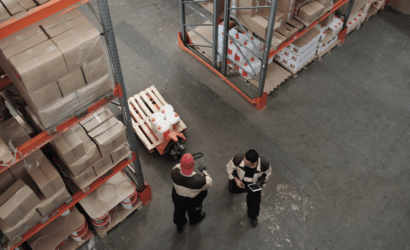Wholesale liquidation pallets represent a unique and potentially lucrative segment of the retail and resale market. Understanding the intricacies of this industry is key for entrepreneurs, small business owners, or anyone looking to enter the world of reselling.
What are Wholesale Liquidation Pallets?
Liquidation pallets are large lots of products sold in bulk. They often come from major retailers or manufacturers and consist of overstock, customer returns, end-of-life, or refurbished merchandise. The appeal of these pallets lies in their significantly reduced price compared to the original retail value of the items.
Types of Merchandise in Liquidation Pallets
- Unsold merchandise that’s been overproduced or is no longer in season.
- Items returned by customers for various reasons. Quality can vary.
- Previously used products that have been restored to a saleable condition.
- Products that are phased out due to new models or changes in trends.
Sources of Liquidation Pallets
- Websites like Walmart Liquidation Auctions, Direct Liquidation, and BULQ offer a range of liquidation pallets from well-known retailers.
- Some retailers have dedicated sections for selling their liquidation stock.
- They often sell pallets directly to interested buyers.
- Great for networking and finding suppliers.
- Some e-commerce websites offer notifications for new inventory listings.
Benefits of Buying Liquidation Pallets
- Products are available at a fraction of their retail value.
- Pallets can contain a wide range of products, offering a variety for resale.
- Ideal for entrepreneurs looking to start or expand a resale business.
- Buying liquidation pallets helps in reducing waste by giving a second life to returned or overstocked products.
Challenges
- The condition of products in liquidation pallets can vary greatly, especially with customer returns.
- There’s often no return policy or guarantee on products bought through liquidation.
- Storing and sorting through large quantities of merchandise can be challenging.
- Understanding market demand and resale value is crucial for profitability.
Tips for Buying Liquidation Pallets
- Ensure they are reputable and have positive reviews.
- Know the types of products and their conditions.
- Initially, purchase a small pallet to understand the process and assess the quality.
- These can significantly impact the overall cost.
- Have a system in place for managing inventory.
- Understand where and how you will resell the items for maximum profit.
Reselling the Merchandise
- eBay, Amazon, and Shopify are popular for reselling items from liquidation pallets.
- Some resellers operate physical stores or flea market booths.
- Selling directly to consumers through social media or personal networks can outcome high sales and revenue.
Legal and Ethical Considerations
- Be aware of any laws or regulations governing the resale of goods in your area.
- Ensure that the products are authentic and that there are no brand restrictions on resale.
- Consider the environmental implications of your resale business.
Future Trends in Liquidation
- As online shopping grows, so does the volume of customer returns, potentially increasing the availability of liquidation pallets.
- There’s a growing trend towards sustainability in retail, which might influence the liquidation market.
Conclusion
Wholesale liquidation pallets offer an exciting opportunity for savvy entrepreneurs and resellers. The key to success in this market lies in thorough research, careful planning, and a deep understanding of both the products and the resale market. With the right approach, buying and reselling items from liquidation pallets can be a profitable and rewarding venture.




 The Unexpected Benefits of Replacing Old Windows
The Unexpected Benefits of Replacing Old Windows